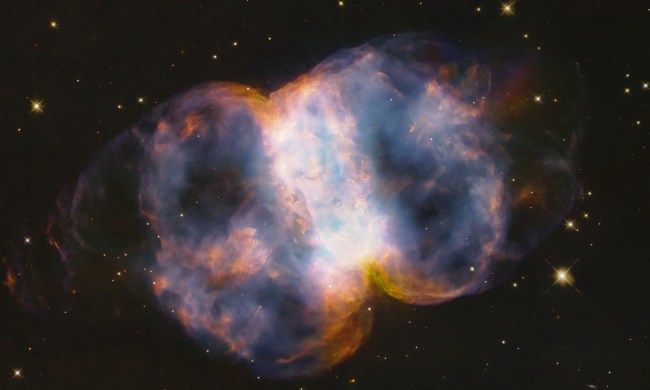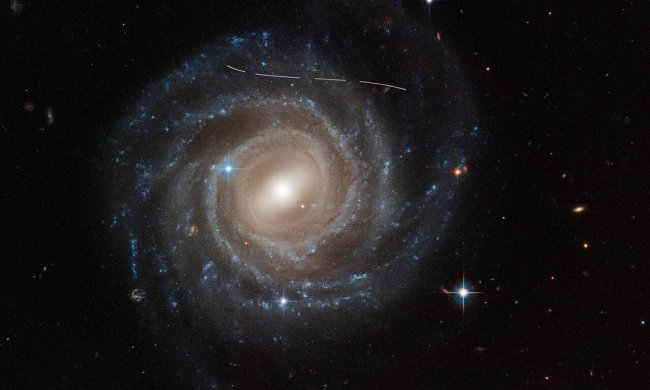The Hubble Space Telescope might be best known by the public for the beautiful images of space it captures, but it is most famous among astronomers for producing groundbreaking insights into the expansion of the universe. Before the telescope was launched, scientists knew that the universe was expanding, but they didn’t know how fast this expansion was happening. Findings from Hubble in the 1990s pinned this figure down accurately for the first time.
The rate of the expansion of the universe is called the Hubble constant (named, like the telescope, after the astronomer Edwin Hubble who found the first proof of the universe expanding in the 1920s and 1930s), and is one of the most important numbers in cosmology. This constant is important to understand how the universe has evolved and to pinpoint how old the universe is as the expansion can be traced back to the big bang. Before the launch of the Hubble Space Telescope, scientists put the age of the universe at anywhere between 8 billion years old and 20 billion years old. Thanks to Hubble data, this figure has been refined to a much more accurate 13.8 billion years old.

That doesn’t mean the work is done though. By the 2000s, the estimate for the Hubble constant was fairly accurate, at 72 kilometers per second per megaparsec, but this had an error of plus or minus 8. Since then, this figure has been refined more and more, with a recent finding of 74.03 in 2019.
However, there’s a kink in this explanation. The expansion rate as measured by Hubble and other telescopes does not agree with the rate predicted by data from the earliest stages of the universe. So researchers used Hubble data in a project called SHOES which used both variable stars called Cepheids and Type Ia supernovae as mile markers to measure distances, in order to get the most precise measurement yet of the Hubble constant.
“This is what the Hubble Space Telescope was built to do, using the best techniques we know to do it. This is likely Hubble’s magnum opus, because it would take another 30 years of Hubble’s life to even double this sample size,” said Adam Riess, lead author of the study, in a statement. “You are getting the most precise measure of the expansion rate for the universe from the gold standard of telescopes and cosmic mile markers.”
Riess’s team looked at 42 supernova explosions, which act as distance markers, and were able to hone in on a figure of 73.04 for the Hubble constant, with an uncertainty of just 1.04. That is eight times more precise than Hubble was expected to be able to produce when it was launched.
However, even at this accuracy, there is still a discrepancy between this number and that predicted by data from the earliest universe, which is measured by looking at the cosmic microwave background. These results predict that the Hubble constant should be around 67.
So the mystery remains, and astronomers don’t have an explanation for why these numbers differ. The discrepancy could point to a whole new type of physics we have yet to learn about.
For now, though, the number for the Hubble constant as measured by looking at today’s universe is as accurate as it is likely to get.
“The Hubble constant is a very special number,” said cosmologist Licia Verde in the statement. “It can be used to thread a needle from the past to the present for an end-to-end test of our understanding of the universe. This took a phenomenal amount of detailed work.”
The research will be published in The Astrophysical Journal.



